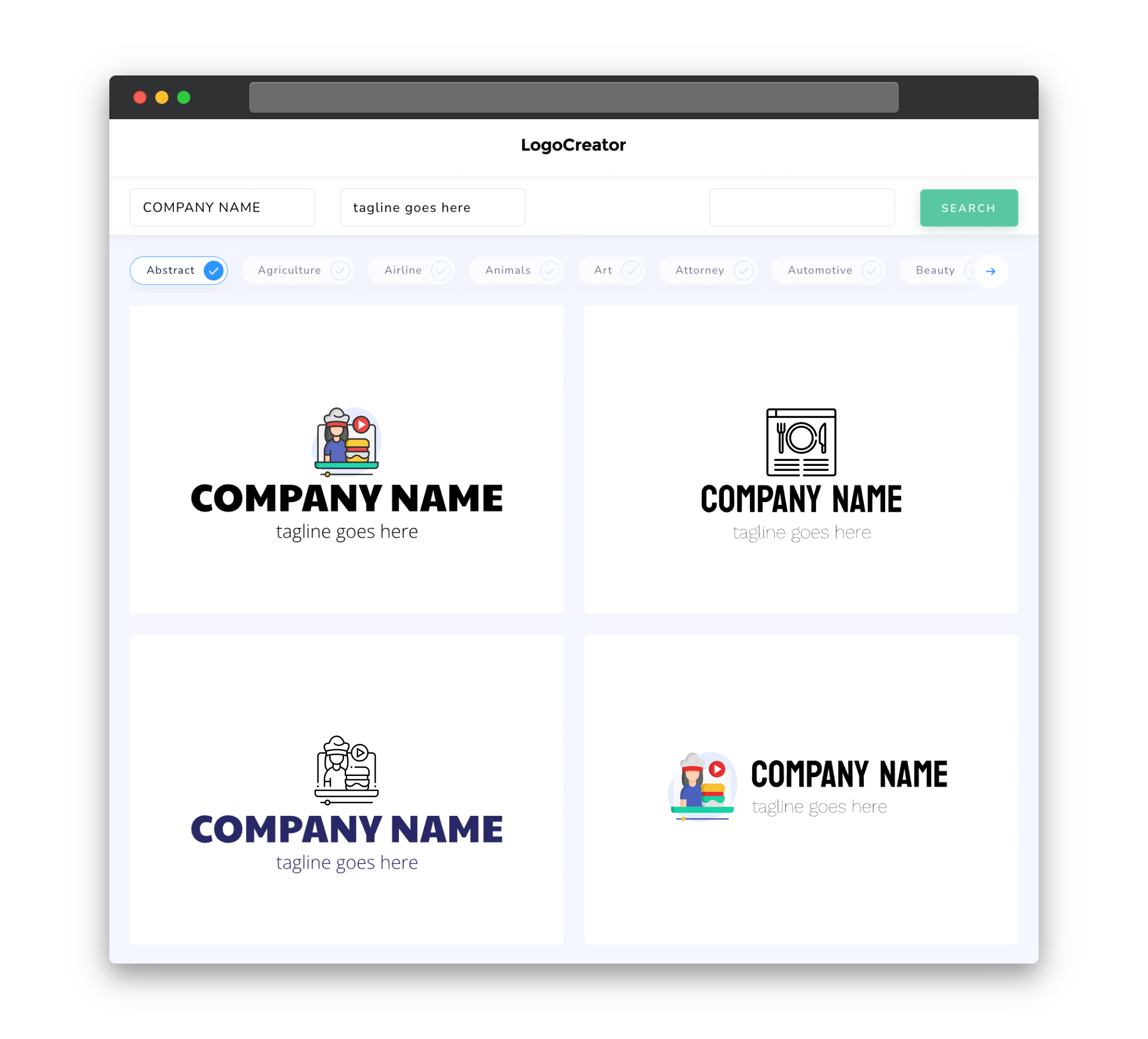Audience
When it comes to creating a food blog logo, it’s essential to consider your target audience. Understanding who you’re catering to will help you design a logo that effectively communicates your message and resonates with your readers. Are you targeting health-conscious individuals looking for nutritious recipes? Or perhaps you’re focusing on foodies who enjoy indulging in gourmet meals and exotic flavors. By identifying your audience, you’ll be able to choose the right design elements and create a logo that appeals to their tastes and preferences.
Icons
Icons play a crucial role in food blog logos as they help visually represent the theme and concept of your blog. When selecting icons for your logo, think about the type of cuisine you specialize in or the unique aspect of your blog. For instance, if you’re a vegan food blogger, incorporating icons such as vegetables, fruits, or a leaf can help convey the plant-based nature of your recipes. Alternatively, if you focus on baking, using icons like a rolling pin, whisk, or a cupcake can instantly communicate your specialty. Make sure the icons you choose are simple, recognizable, and complement the overall design of your logo.
Color
Choosing the right color palette is crucial when designing a food blog logo, as colors evoke different emotions and can greatly impact how your audience perceives your brand. Consider the aesthetic you want to create and the type of food you’ll be showcasing on your blog. For example, warm and earthy tones, such as shades of brown and orange, can be perfect for a blog that focuses on comfort food or rustic recipes. On the other hand, bright and vibrant colors like green, yellow, and red can evoke feelings of freshness and appeal to a blog centered around healthy and vibrant ingredients. It’s important to choose colors that not only represent your brand but also have a harmonious balance and create a visually appealing logo.
Fonts
Fonts play a significant role in communicating the personality and style of your food blog. When selecting fonts for your logo, consider the overall vibe you want to convey to your audience. Are you aiming for a modern and minimalistic look or a more playful and whimsical feel? For a sleek and contemporary logo, consider using clean and sans-serif fonts that exude a sense of sophistication. On the other hand, if you want to create a fun and friendly atmosphere, you can opt for handwritten or script fonts that add a personal touch to your logo. It’s crucial to ensure that the fonts you choose are legible yet unique, capturing the essence of your food blog’s theme.
Layout
The layout of your food blog logo should be carefully considered to ensure a visually appealing and cohesive design. One popular option is to incorporate a combination of text and icons, positioning them in a balanced and eye-catching arrangement. Placing the name of your blog alongside a well-chosen icon can help create a memorable and instantly recognizable logo. Another layout option could be using a monogram or initials of your blog’s name, creating an elegant and minimalistic logo. Whatever layout you choose, make sure all the elements work harmoniously together and reflect the essence of your food blog’s theme and personality.
Usage
Your food blog logo is more than just an image on your website; it’s a representation of your brand identity. Therefore, it’s important to consider its usage across various platforms and mediums. Your logo should be scalable, ensuring that it looks crisp and clear regardless of its size, whether it’s displayed on your website, social media profiles, or printed materials like business cards or merchandise. Additionally, be mindful of how your logo appears in both color and black-and-white formats to maintain consistency across different contexts. By designing a versatile logo that can be effectively utilized in different scenarios, you’ll ensure that your food blog stands out and leaves a lasting impression on your audience.



